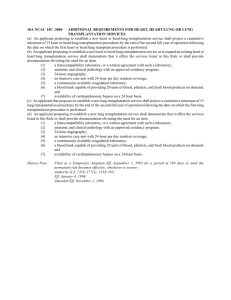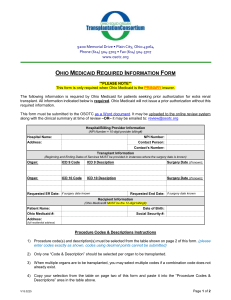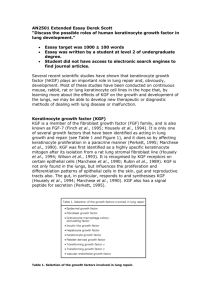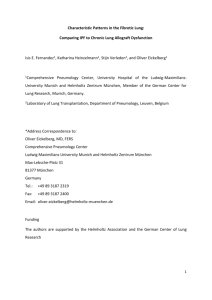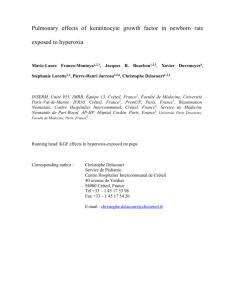EUROPEAN
advertisement
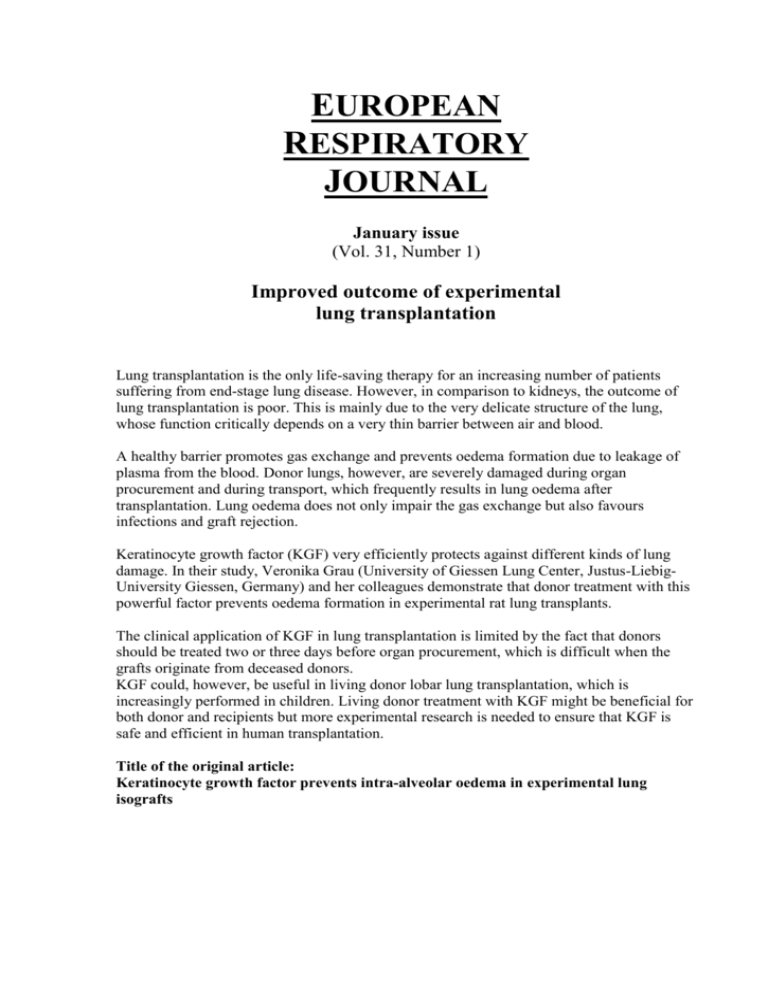
EUROPEAN RESPIRATORY JOURNAL January issue (Vol. 31, Number 1) Improved outcome of experimental lung transplantation Lung transplantation is the only life-saving therapy for an increasing number of patients suffering from end-stage lung disease. However, in comparison to kidneys, the outcome of lung transplantation is poor. This is mainly due to the very delicate structure of the lung, whose function critically depends on a very thin barrier between air and blood. A healthy barrier promotes gas exchange and prevents oedema formation due to leakage of plasma from the blood. Donor lungs, however, are severely damaged during organ procurement and during transport, which frequently results in lung oedema after transplantation. Lung oedema does not only impair the gas exchange but also favours infections and graft rejection. Keratinocyte growth factor (KGF) very efficiently protects against different kinds of lung damage. In their study, Veronika Grau (University of Giessen Lung Center, Justus-LiebigUniversity Giessen, Germany) and her colleagues demonstrate that donor treatment with this powerful factor prevents oedema formation in experimental rat lung transplants. The clinical application of KGF in lung transplantation is limited by the fact that donors should be treated two or three days before organ procurement, which is difficult when the grafts originate from deceased donors. KGF could, however, be useful in living donor lobar lung transplantation, which is increasingly performed in children. Living donor treatment with KGF might be beneficial for both donor and recipients but more experimental research is needed to ensure that KGF is safe and efficient in human transplantation. Title of the original article: Keratinocyte growth factor prevents intra-alveolar oedema in experimental lung isografts




